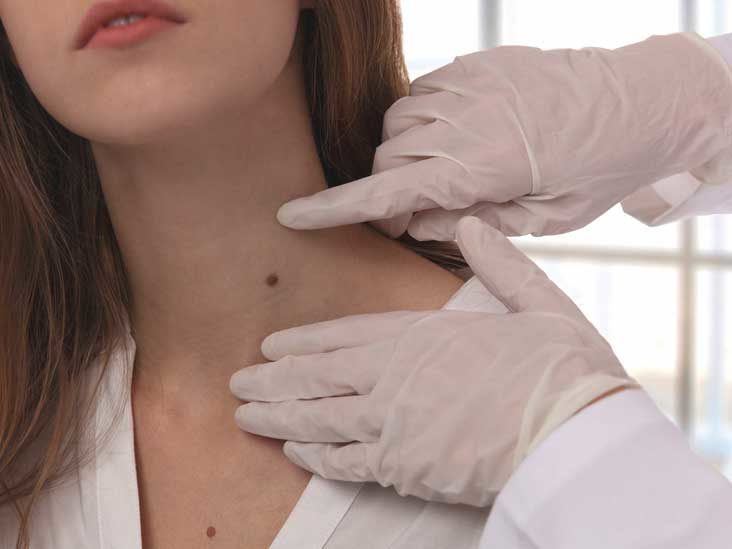Lipoma is affecting 1 in every 1000 people of all age groups across the world. Statistics further show that 20% of affected patients have multiple lipomas. A general surgeon can detect the lipoma lump through a physical examination.
However, if the size is big and painful, your doctor may recommend further lab tests to check whether the growth is cancerous.
What is a lipoma?
Lipoma is a noncancerous growth or fatty tissue found beneath the skin and grows as time goes by. Doctors diagnose more men with lipoma growth than women. However, they happen in all age groups. Therefore, children can be born with it.
Symptoms of lipoma
- You may have growth beneath the skin
- They are soft and painless when you touch
- They grow at any part of your body, such as the back, neck, shoulders, arms, and thighs.
- They do not cause any changes to the overlying skin.
- Lipomas often grow between the muscle fascia and the skin.
- Do not form within the internal organs.
Causes of lipoma
Medical experts may not fully understand the primary cause of lipoma but, the general causes include:
- An overgrowth of fatty cells because of a faulty inherited gene.
- Other medical conditions such as Gardner’s syndrome might be the cause.
Lipoma diagnosis
Some cases require only a simple physical examination. A lipoma feels soft, smooth, painless, and movable when touched. When the lump size is large and painful, you may have to do further lab tests to check if the lump is cancerous.
The tests may include CT scan, ultrasound, biopsy, and MRI. If a doctor finds that you have a lipoma, they will explain to you the treatment plans.
Lipoma treatment
The treatment can be through monitoring or surgery.
-
Monitoring
If the lipoma growth is small and painless, there is no need for treatment. Your surgeon may advise you to keep observing its shape and size. The procedure is well known as monitoring. However, a patient may prefer it removed if its location and appearance are of great concern.
In situations where the lipoma is causing a lot of pain or inhibiting the function of a muscle, then let the surgeon remove it. Removing lipoma is easy because they are self-limited. Therefore, they do not overgrow into the surrounding tissue.
-
Surgery
During the operation, your surgeon creates a small incision in the growth skin area. The size of the incision allows the growth to come out in one piece.
Sometimes, the lipoma may be irregular, thus invades the surrounding tissues by pushing them aside. The surgeon might have a hard time when removing the growth. Therefore, recurrences may occur after the operation.
When the lipoma is recurring, it increases in size and becomes risky. Hence, there is a need to select an experienced surgeon with adequate knowledge of surgical excision to operate.
The recovery time
Lipoma removal is an outpatient process. The patient receives a discharge after a successful excision. The location and size of lipoma determine how long it will take to recover and return to your daily activities.
If you have a growth that is slowly increasing, inform a qualified medical expert. The doctor will advise you on the way forward. If need be, you may undergo an excision to remove the lipoma.




